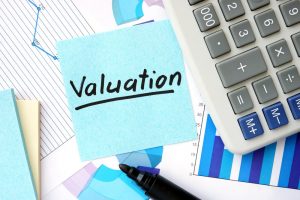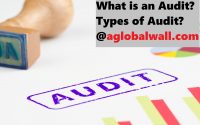IFRS 13 Fair Value Measurement
 IFRS 13 (Fair value measurement)
IFRS 13 (Fair value measurement)
Australian Accounting Standard Board released AASB 13 Fair value Measurement in September 2011 following the release of IFRS 13 fair value measure by IASB, this thing represent the IASB project to make in line the IFRS and the US GAAP with just minor exceptions. This standard tells that how companies can measure the fair value when they need it. There is no requirement to use this standard. This standard will be operative in financial reporting on or after 1st Jan 2013. Due to this standard, there are 2 amendments in the AASB 13, these amendments make 32 changes in the existing standards with 9 interpretations. In 2005 IASB give more priority to fair value project due to the global economic downturn, this emphasized on howto measure the fair value because fair value measurement techniques do not exist at that time.
The new standard is going to align the IFRS and US GAAP with a very few difference; this standard will specify how to measure the fair value. Everyone will use the same method to find out the fair value with clear measurement objective and a framework. There are no requirements for the use of this standard but use disclosures where it is used. Fair value is the price which a company willget when it sales an asset or paid to settle the organization’s liability with market participants and on the measurement date. The disclosures about the use of fair value measurement increase the transparency of the statements. The disclosures should mention the inputs and the technique they used to measure this fair value.
Tier 2 companies can provide short disclosures in their statements according to AASB 13. This standard makes different changes in four other accounting standards about reduced disclosures for example (ASSB 3, 7, 140 and 141). The reasons for the adoption of undertaking this project were due to the requirement of some other standard to find a fair value for their assets, liabilities and equity instruments. The previous standards were developed by our predecessors over many years, the requirement for measure fair value and disclosing the information about the measurement is the requirement of many standards. Some IFRSs have a very low knowledge of how to measure the fair value, and some standards have extensive information but these are not consistent.

Fair value hierarchy
Level 1: Quoted market prices available in the market for a specific asset and liability are the fair value of it.
Level 2: Values which are observable in the market but are not included in the level 1.
Level 3: Entities own data which can be adjusted to reflect the market value of the assumptions.
The goals of fair value project were:
The main purpose of the purpose is to reduce the complexity in the calculation of fair value and remove an inconsistency in the measurement principle by having a single rule set. For the measurement objective, the definition of the fair value was needed. This will give more transparency by providing detail disclosures where it is used. This will help in the convergence of IFRSs and US GAAP.
Consolidations
After the completion consolidations project in the start of this year by IASB, The Australian Accounting Standards Board has now released the new and revised standards for consolidation purpose. The set of new and revised standards is consisted on
• AASB 10 (Consolidation Financial Statements)
• AASB 12 Disclosures of Interests in Other Entities
• AASB 11 Joint Arrangements
These standards are operational for-profit entities on or before for the financial years starting from 1st January 2013. Early adoption of these standards will only be permitted to profit making entities. Not for profit making entities can use these standards on or after 1st January 2014. This project was started by AASB in 2003 but gets more importance when there is an economic global downturn. IASB give more importance or priority to complete this project as soon as possible. The main objective of this project is to give a single set of the model which can be used for all the entities. This will give enhanced disclosures about the consolidated and non-consolidated entities. After the implementation of these standards, they face the criticism about the retrospective implementation of these standards. In this regard, IASB issued a revision to clarify the transitional provisions. The title of this documents Transition Guidance (Amendments to IFRS 10, 11 and 12). The amendments are effective from the 1st January 2013.






